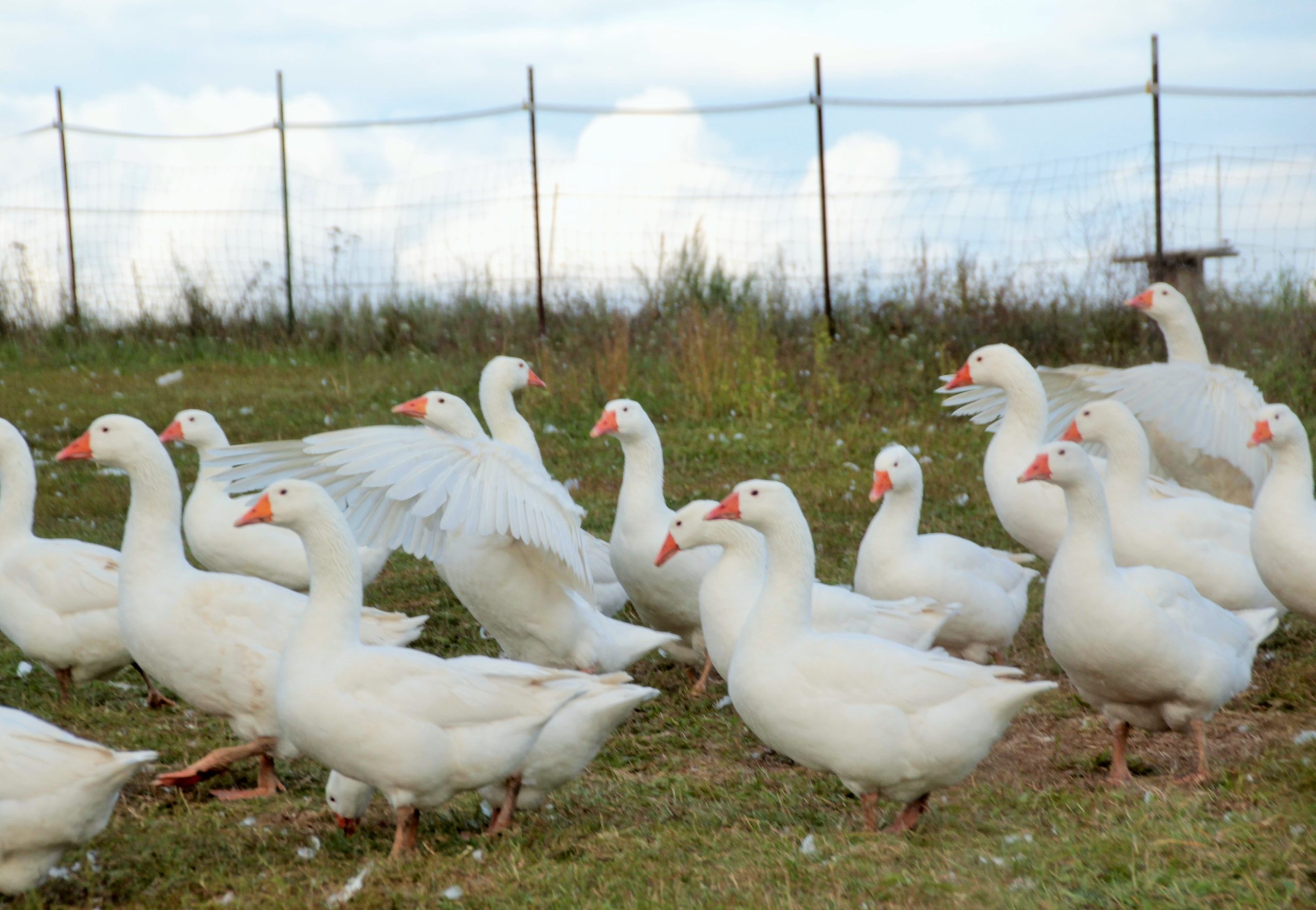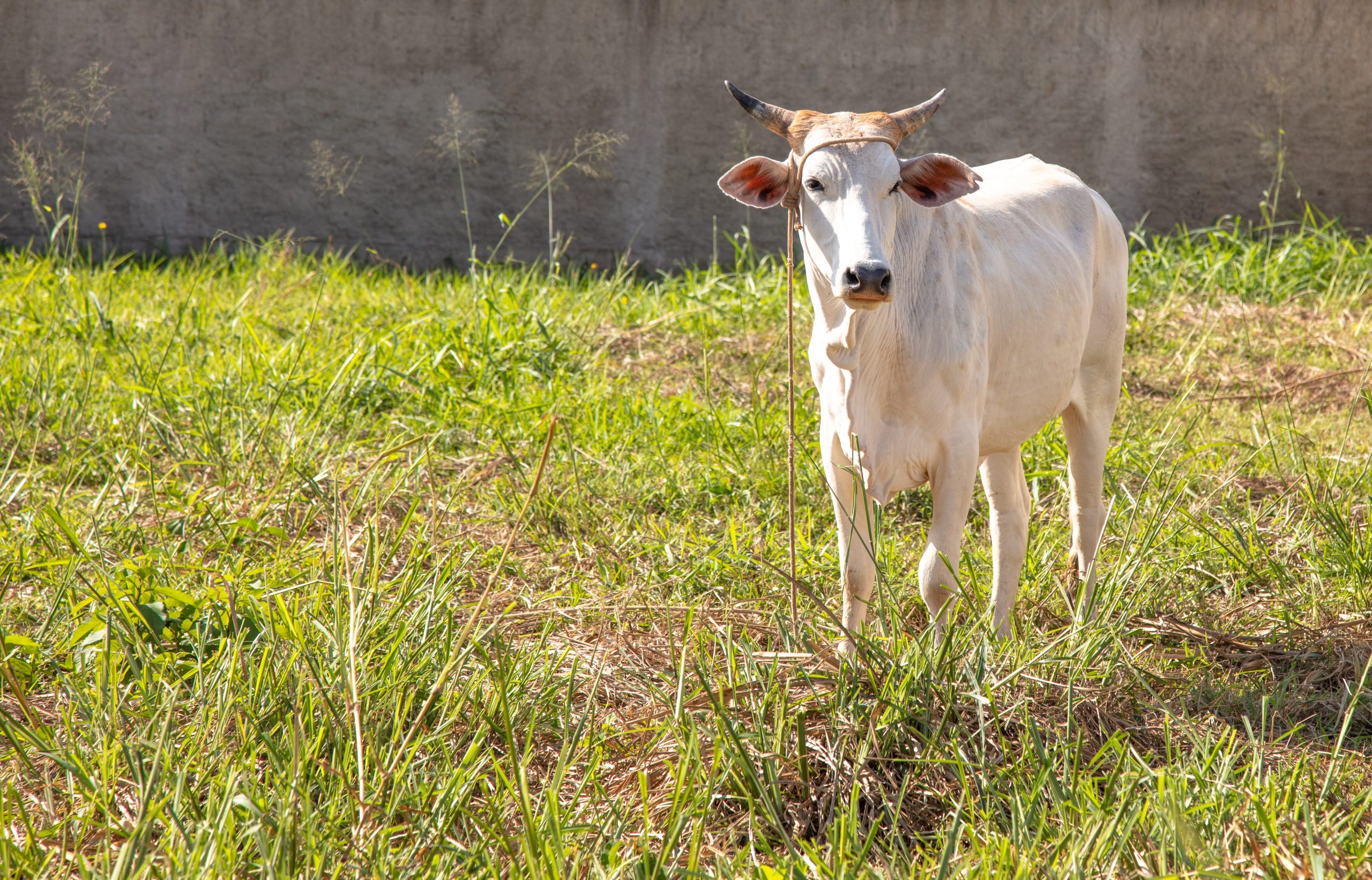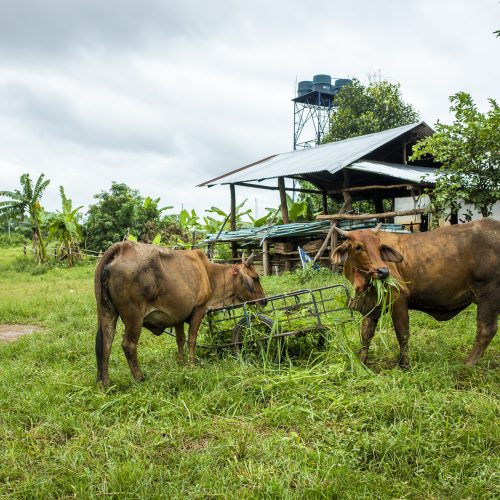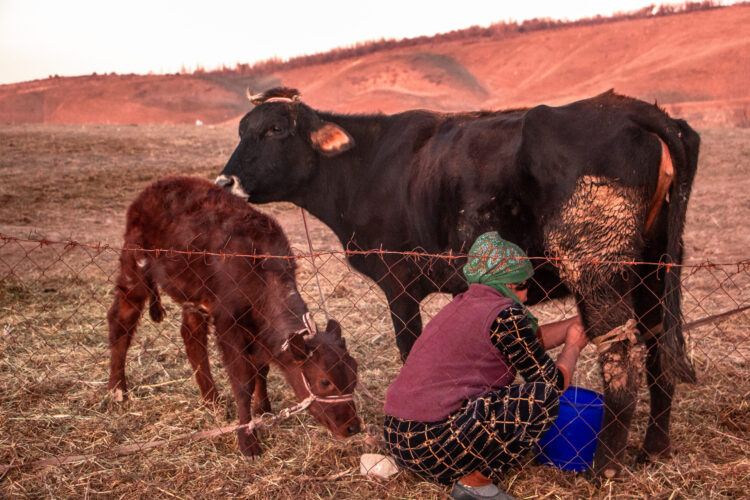10 Tips for Successful Buffalo Farming in India
10 Tips for Successful Buffalo Farming in India
Buffalo farming has long been an integral part of India’s agricultural landscape, providing valuable contributions to the dairy and meat industries. With the country being home to a diverse range of buffalo breeds known for their high productivity and resilience, buffalo farming presents lucrative opportunities for farmers across India. However, successful buffalo farming requires careful planning, management, and adherence to best practices. In this feature article, we will explore ten tips for achieving success in buffalo farming in India, drawing upon expert insights and practical experiences.
- Selecting the Right Breeds:
The first step towards successful buffalo farming is selecting the right breeds suited to your farming objectives and local conditions. India is home to several indigenous buffalo breeds, including the Murrah, Nili-Ravi, Surti, Jaffarabadi, and Mehsana, each with its unique characteristics and adaptations. Consider factors such as milk yield, fat content, adaptability to climatic conditions, and disease resistance when choosing the breeds that best align with your farming goals.
2.Quality Breeding Stock:
Investing in quality breeding stock is essential for establishing a productive buffalo herd. Look for animals with desirable traits such as high milk yield, good conformation, and sound health. Conduct thorough evaluations of potential breeding stock, including pedigree analysis, physical examination, and performance records, to ensure that you select the best animals for your breeding program.
3.Proper Nutrition:
Providing adequate nutrition is crucial for maximizing milk production, reproductive performance, and overall health in buffalo herds. Develop a balanced diet consisting of high-quality forages, concentrates, and mineral supplements tailored to the nutritional requirements of your buffalo breeds and production goals. Work with a qualified nutritionist or veterinarian to formulate optimal feeding programs and regularly monitor body condition scores to adjust feeding levels as needed.
4.Quality Housing and Facilities:
Buffaloes require comfortable and well-designed housing facilities to thrive and remain productive. Construct spacious and well-ventilated barns or sheds with adequate lighting, ventilation, and drainage to minimize stress and prevent respiratory diseases. Provide clean and dry resting areas, proper flooring, and sufficient space for movement to ensure the welfare and comfort of your buffalo herd.
5.Disease Prevention and Health Management:
Implementing robust disease prevention and health management protocols is essential for maintaining the health and productivity of your buffalo herd. Vaccinate animals against common diseases such as foot-and-mouth disease (FMD), brucellosis, and mastitis, and implement biosecurity measures to prevent the introduction and spread of pathogens. Conduct regular health screenings, deworming, and parasite control measures to safeguard the well-being of your buffalo herd.
6.Reproductive Management:
Efficient reproductive management practices are key to maximizing the breeding efficiency and genetic progress of your buffalo herd. Monitor estrus cycles closely, implement timely insemination or natural breeding programs, and maintain detailed breeding records to track reproductive performance and identify any fertility issues. Consider using advanced reproductive technologies such as artificial insemination (AI) and embryo transfer (ET) to improve genetic selection and breeding outcomes.
7.Record Keeping and Data Management:
Maintaining accurate records and data is essential for making informed decisions and optimizing farm management practices. Keep detailed records of breeding and calving dates, milk production, health treatments, feeding regimes, and financial transactions to track performance indicators, identify trends, and evaluate the profitability of your buffalo farming operation. Utilize digital tools and software solutions to streamline record-keeping processes and facilitate data analysis and reporting.
8.Continuous Learning and Skill Development:
Buffalo farming is a dynamic and evolving field, and continuous learning and skill development are essential for staying abreast of the latest advancements and best practices. Participate in training programs, workshops, and seminars conducted by agricultural extension agencies, universities, and industry organizations to enhance your knowledge and skills in buffalo farming. Stay connected with fellow farmers, industry experts, and researchers through networking opportunities and online forums to exchange ideas, share experiences, and seek advice on various aspects of buffalo farming.
9.Marketing and Value Addition:
Developing effective marketing strategies and exploring value-added opportunities can enhance the profitability and sustainability of your buffalo farming enterprise. Identify niche markets for buffalo milk, meat, and other products, and differentiate your offerings based on quality, branding, and unique selling propositions. Explore value-added products such as buffalo milk-based dairy products, organic buffalo meat, and by-products like hides, horns, and dung-based fertilizers to diversify revenue streams and capture higher margins.
10.Adaptability and Resilience:
Buffalo farming, like any agricultural enterprise, is subject to various challenges and uncertainties, including climatic variations, market fluctuations, and disease outbreaks. Cultivate adaptability and resilience by remaining flexible, proactive, and innovative in your farming practices. Stay informed about emerging trends, technologies, and market dynamics, and be prepared to adjust your strategies and operations accordingly. Diversify your income sources, invest in risk mitigation measures, and build strong relationships with suppliers, customers, and stakeholders to navigate challenges and thrive in the long term.
Conclusion:
Buffalo farming presents promising opportunities for farmers in India to enhance their livelihoods, meet the growing demand for dairy and meat products, and contribute to the country’s food security and economic development. By implementing the ten tips outlined in this article—selecting the right breeds, investing in quality breeding stock, providing proper nutrition and housing, implementing disease prevention and health management practices, optimizing reproductive management, maintaining accurate records, pursuing continuous learning and skill development, exploring marketing and value-added opportunities, and cultivating adaptability and resilience—farmers can increase their chances of success and build thriving and sustainable buffalo farming enterprises. With careful planning, diligent management, and a commitment to excellence, buffalo farming in India holds the promise of a prosperous and rewarding future for farmers across the country.
Previous Article
Buffalo Farming
March 23, 2024



























































